‘Boys will be boys’: Creating a new generation of male allies for girls in sport
Our research into what causes boys’ negative attitudes and behaviours to girls in sport in the early primary school years.
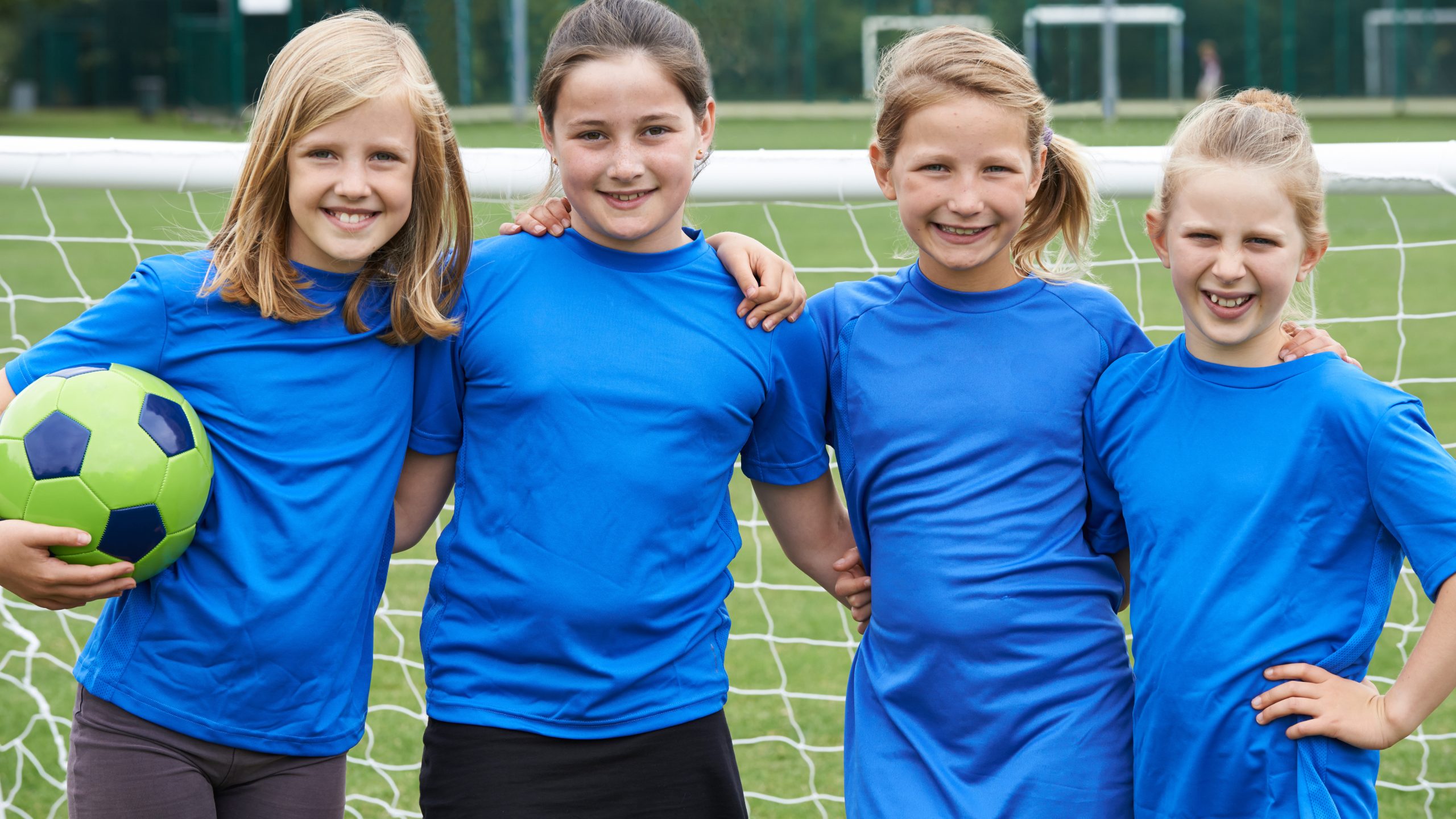
Published
Last week, the Government published its new guidance for schools in England on PE and school sport. You can read it in full here.
The guidance covers two specific areas of school sport provision: ensuring that all children receive two hours a week of PE and equality of access to sport for all pupils. Whilst these are important for all children, they are especially important for girls given their disproportionate dependence on school for access to sport.
Women in Sport welcomes the new guidance and were pleased to work closely with officials in the Department for Education as they were drafting it. The guidance represents a positive step forward and shows that the Government recognises the value of sport to both girls and boys. We are thrilled to see it speak so powerfully to the urgent need to crush gender stereotyping and create a generation of male allies for girls and women in sport.
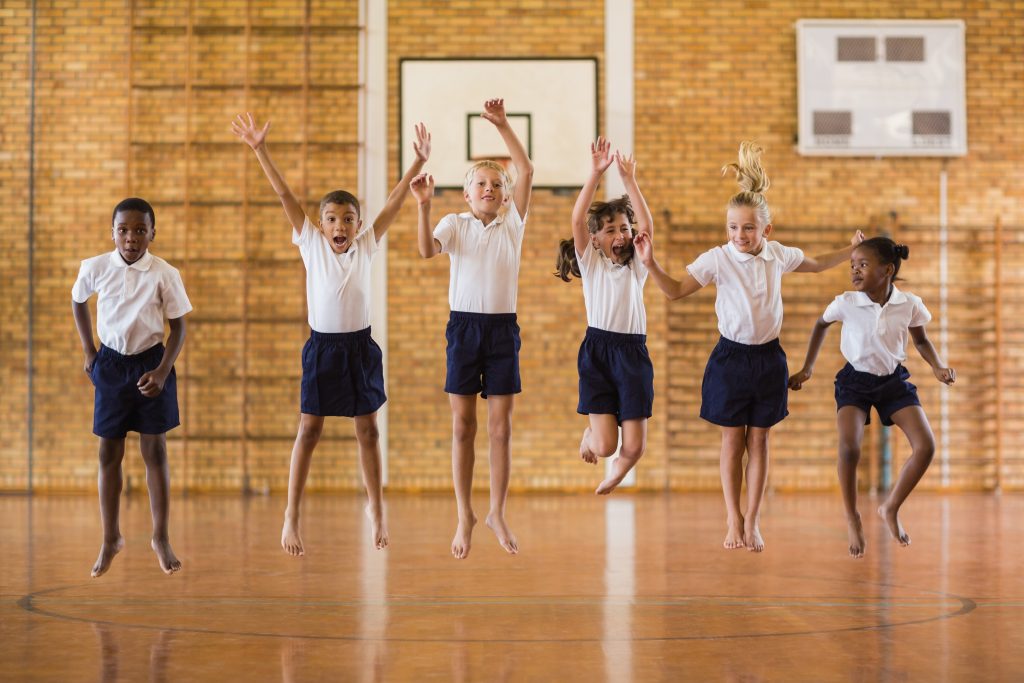
Why is school sport so important for girls?
School is fundamental to girls’ future relationship with sport. A good experience can set them up for an active life; a poor experience can do the opposite. This is particularly true as we know that more girls only take part in sport in school. Our research shows that 37% of teenage girls only take part in sport during PE lessons, something acknowledged in the guidance. Girls are also far less likely than boys to have opportunities to take part in after school or community sport clubs.
This is why the focus of the guidance on ensuring that schools are delivering two hours per week is so important for girls: for a disproportionately high number of girls, this is the only two hours a week of sport they will have access to.
A good experience of school sport can set girls up for an active life; a poor experience can do the opposite.
Quality as well as quantity
The quality of PE is key, not just the quantity. Not only must young people have access to two hours of PE, but those two hours must be of high quality. Poorly delivered PE that reinforces gender stereotypes, leaving girls at the sidelines, will only further the inequality.
This is where support and training for teachers is key. This new guidance has an important role to play in delivering this, and we are thrilled to see it signposting to our resources for teachers.
The Government should also consider what more it can do to support teachers from the beginning of their training and throughout their career, by reforming the way PE and sport are covered in teacher training and Continuing Professional Development.
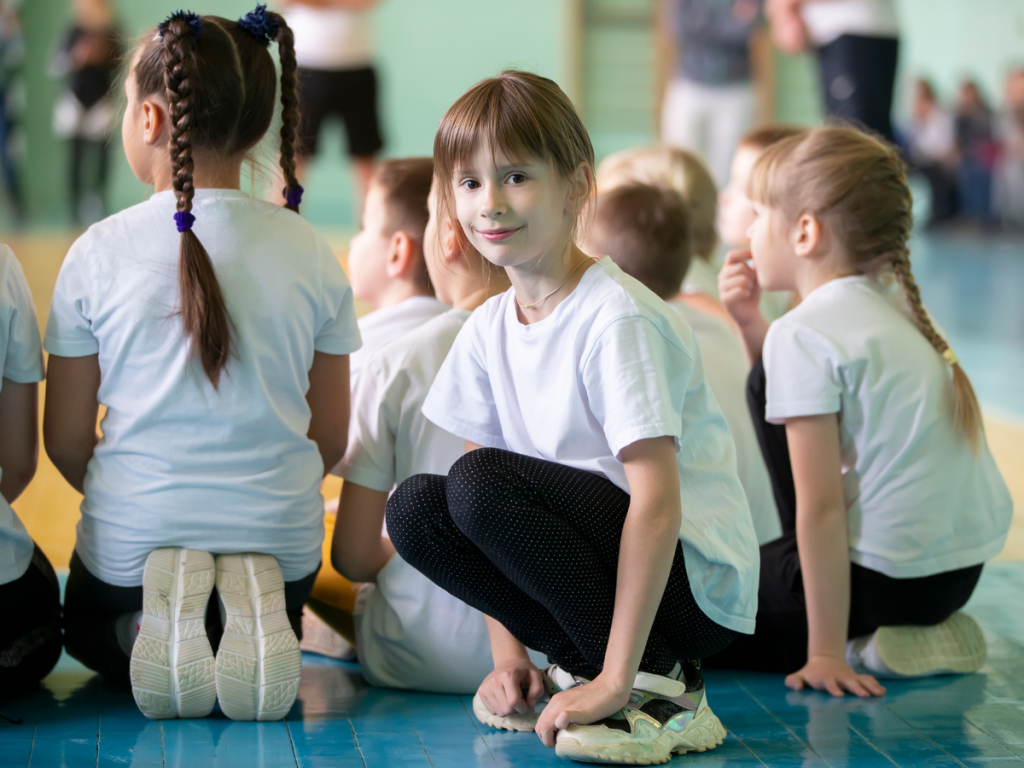
Primary generalist teachers need support to understand the distinct needs of girls to deliver school sport well for them. We should empower our teachers to inspire girls to find their love of sport and activity, not least through understanding stereotyping and its implications.
It is particularly important for secondary schools to offer single-sex opportunities for girls in view of ongoing social pressures on them and the divergent physicality of boys and girls at this age. Teachers also need to have the knowledge and skills to support girls through the management of female puberty, as it affects sport.
Pervasive stereotyping affects girls' ability to dream in sport and encourages them to feel that only certain activities are for them.
It’s time to smash the stereotypes
When it comes to equal access to sport for girls and boys, we know that the key factors in providing a positive school sport experience for girls are more complex than just simply allowing girls in.
Girls start at a disadvantage. Our research shows that gender stereotyping starts at a young age, greatly affecting girls’ skills development and notions of their role in society. Girls are told to stay away from mud, to be kind, and careful.
In contrast to boys, girls are often discouraged from pursuing sports that develop skills in throwing, catching and kicking. This pervasive stereotyping affects girls’ ability to dream in sport and encourages them to feel that only certain activities are for them.
This needs to be understood when pupil voice is promoted, as the Guidance recommends. The risk is that girls have already been conditioned into a preference for more aesthetic and individual activities and to avoid contact or ball sports.
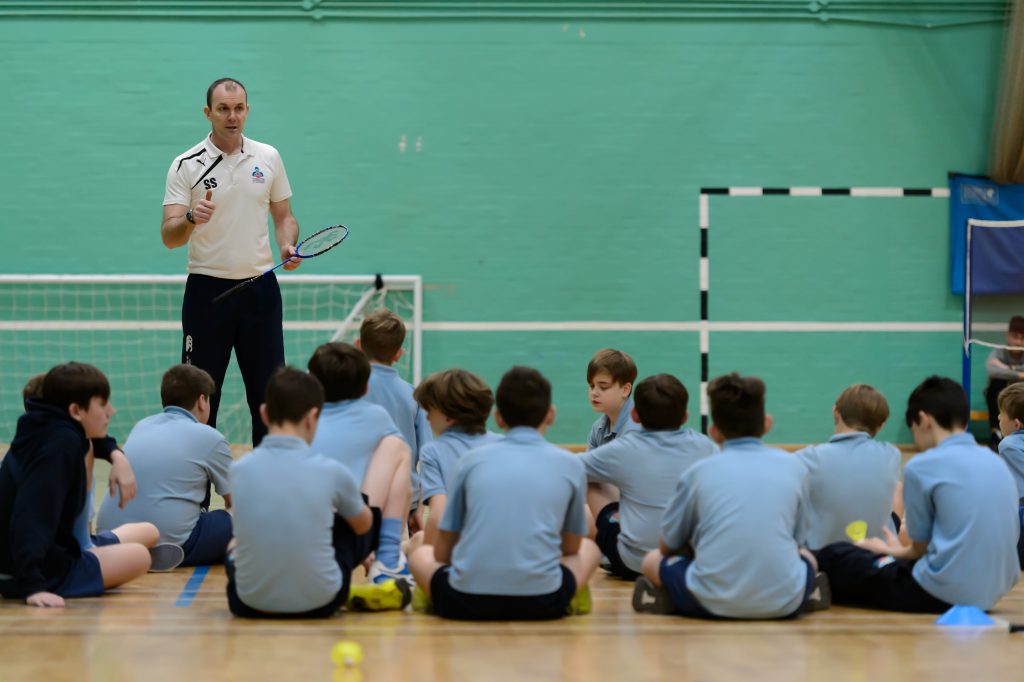
For boys, meanwhile, our latest research shows that ‘sportiness’ and football in particular is seen as a fundamental part of their identity from a young age. With this, boys are finding it hard to break free from the expectation that to be masculine they must be good at sport, strong and dominant.
This stereotyping excludes girls from sport. Male-dominated environments in sport, and the relative invisibility of women and girls playing sport in the local community and media, points to a need for change to create more positive male role models to challenge boys’ perceptions that girls don’t belong in sport.
These crucial but complex factors are often absent from discussions around girls and sport. It is encouraging to see them tackled head on, using powerful language, in the guidance. We hope that this will be the beginning of a wider movement within school sport to smash these limiting gender stereotypes, make girls feel that sport is something for them and create a generation of boys who can act as allies and agents of change for girls and women in sport.

Our research into what causes boys’ negative attitudes and behaviours to girls in sport in the early primary school years.
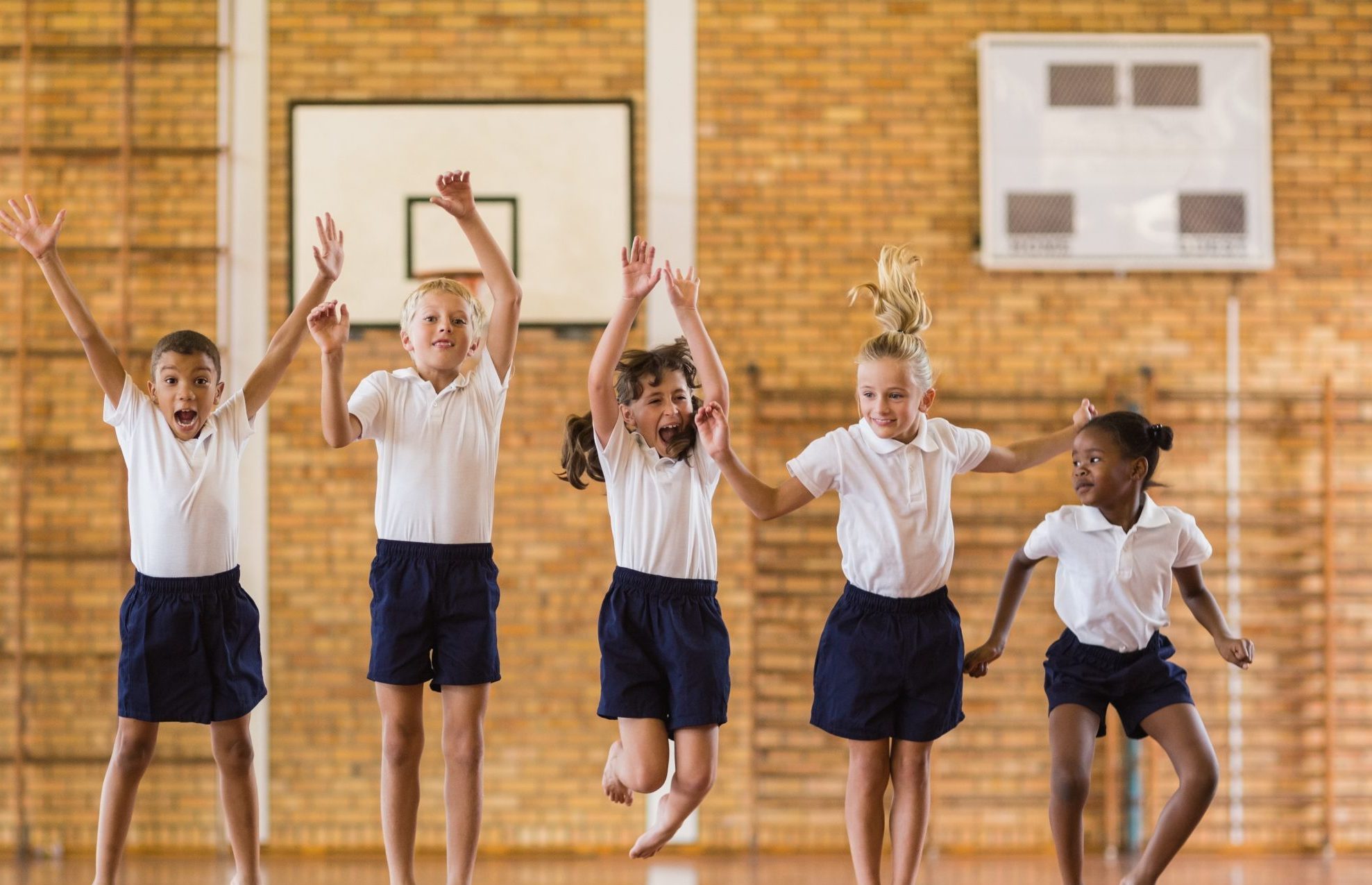
In sport, girls are limited by stereotypes that stifle their joy, prevent them from learning skills and steal their self-belief. Find out how you can prevent stereotyping in your primary school today.